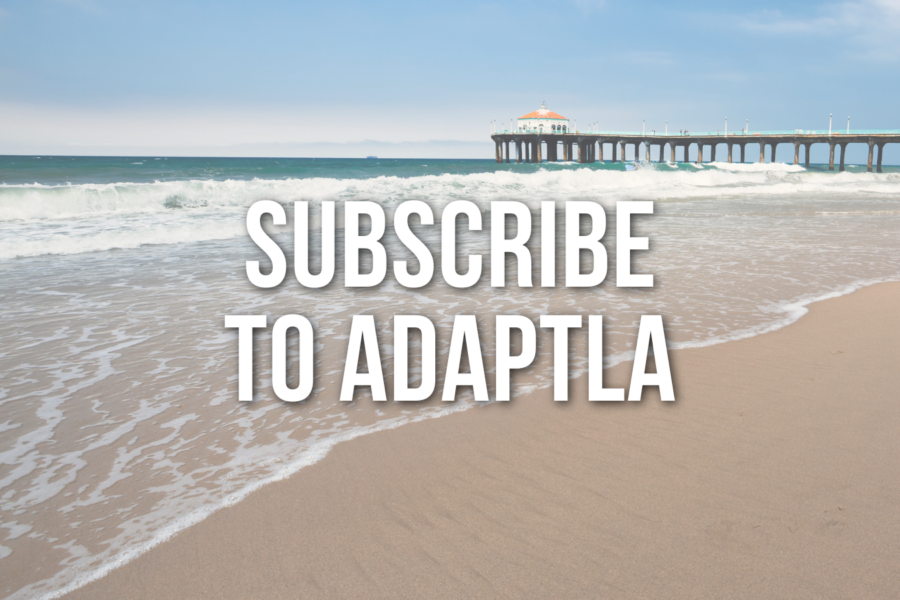
The Regional AdaptLA: Coastal Impacts Planning in the Los Angeles Region (AdaptLA) Program, led by the University of Southern California Sea Grant, is a result of a multi-year effort to inform regional planning policies through connecting local coastal jurisdictions with the best available scientific tools, and to develop a community of practice for the Los Angeles region. AdaptLA began in 2014 as a federal and State-funded project, with the City of Santa Monica serving as the original grant lead, and consisted of a coalition of 11 municipalities, Los Angeles County, and six supporting organizations. Today, it has grown to include a variety of local municipalities, agencies, and community-based organizations.
L.A Region Sea Level Rise & Shoreline Change Modeling
AdaptLA results provide information on the potential impacts of sea level rise to local coastal jurisdictions in Los Angeles County. In 2017, teams of experts at Environmental Science Associates and TerraCosta Consulting Group modeled shoreline change, coastal erosion and coastal retreat under projected future climate scenarios. The work was funded by the National Oceanic and Atmospheric Association and the National Sea Grant College Program, the California Ocean Protection Council (OPC), and the Coastal Commission and Coastal Conservancy, and integrates the work led by the U.S. Geological Survey to develop a coastal storm modeling system (CoSMoS) for Southern California.
Final model results, shapefiles, mapping tool, and technical reports are publically available. An Executive Summary developed by USC Sea Grant provides a summary of methodologies and major findings, as well as recommendations for how project information and results can help inform local coastal adaptation planning efforts.
Capacity-Building for Local Coastal Jurisdictions
USC Sea Grant helps to build climate adaptation capacity throughout the region, with the goal of enabling coastal jurisdictions to advance their regional sea level rise and coastal impacts planning processes. USC Sea Grant provides leadership, technical assistance, training workshops, and webinars to the AdaptLA program. The program shares the best available science in planning efforts information to inform planning efforts, and engages local cities from Long Beach to Goleta, increasing collaboration among coalition partners. As a result, many cities are making significant progress in integrating climate change considerations into their existing planning mechanism and evaluating potential strategies for adaptation along the coast.
Partners
Led by USC Sea Grant, the AdaptLA project is conducted in close collaboration with the 11 partners listed below:
Subscribe to the AdaptLA Mailing List
Subscribe to join our diverse network of AdaptLA members across California! By subscribing to AdaptLA, you will be notified of upcoming meetings and newly-released scientific tools and resources.

